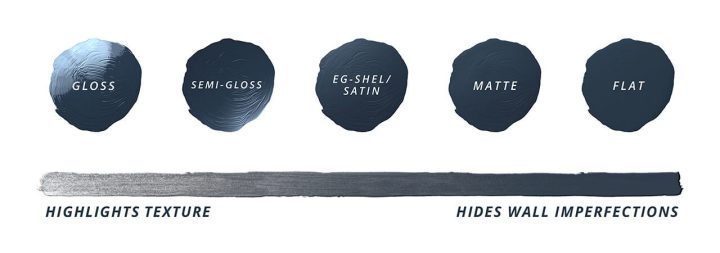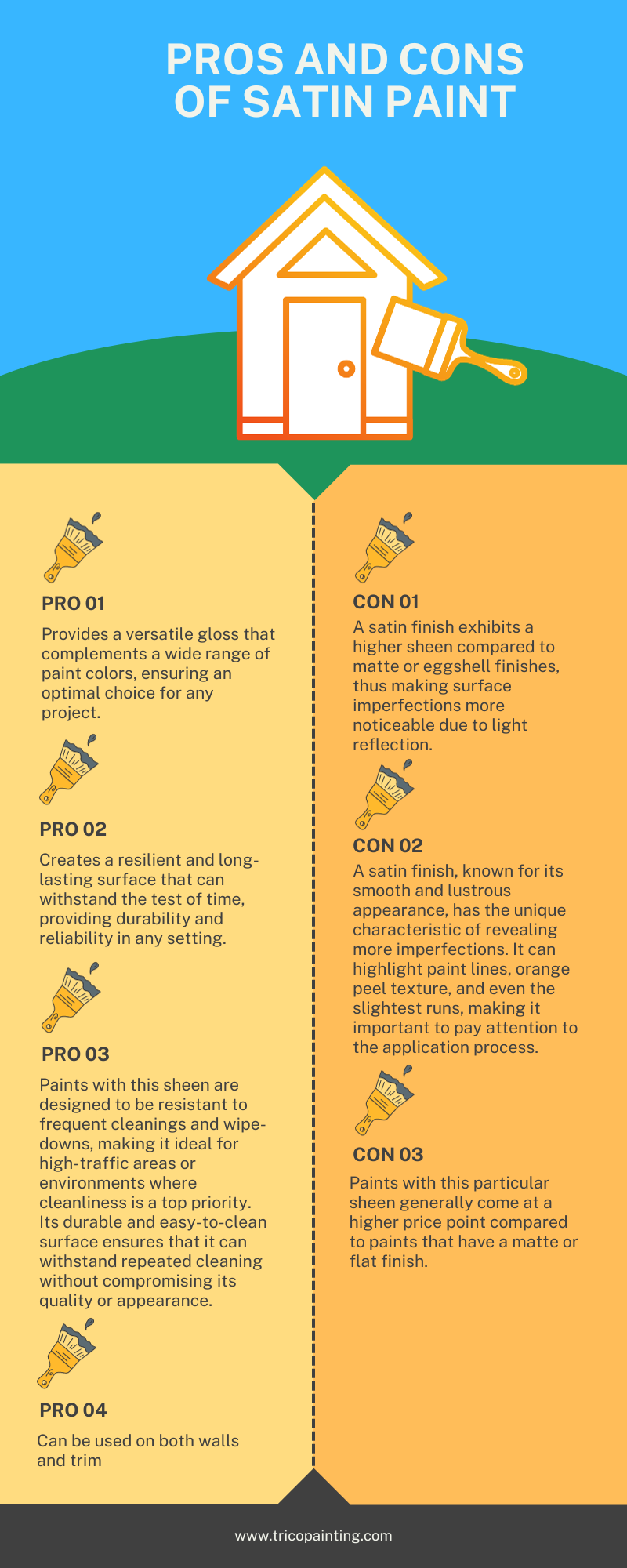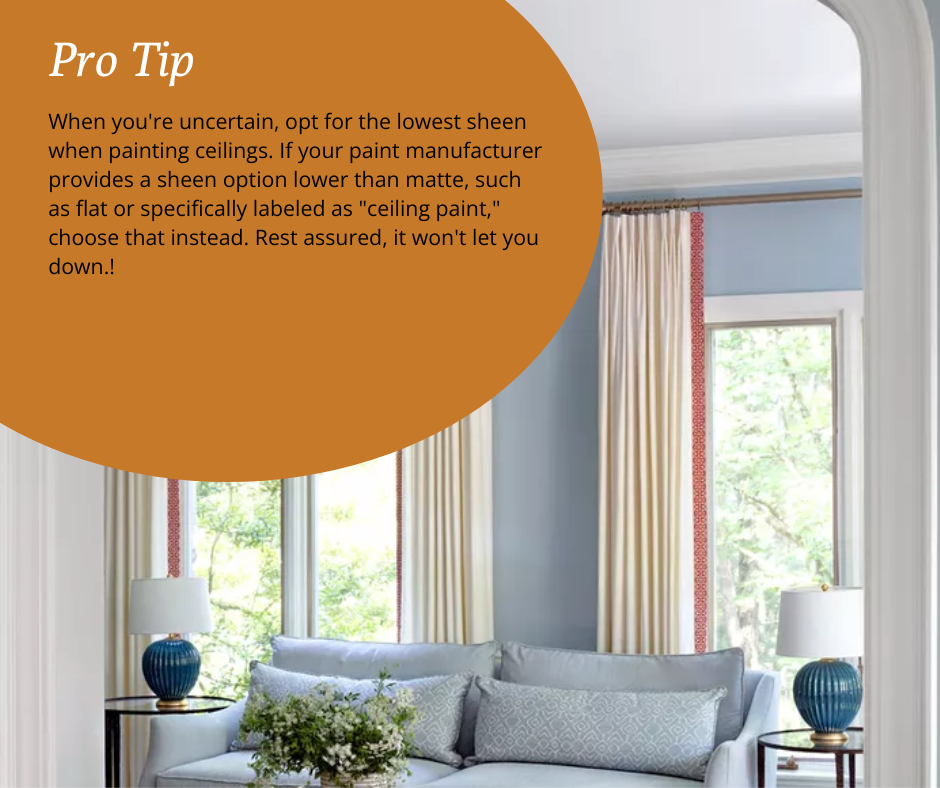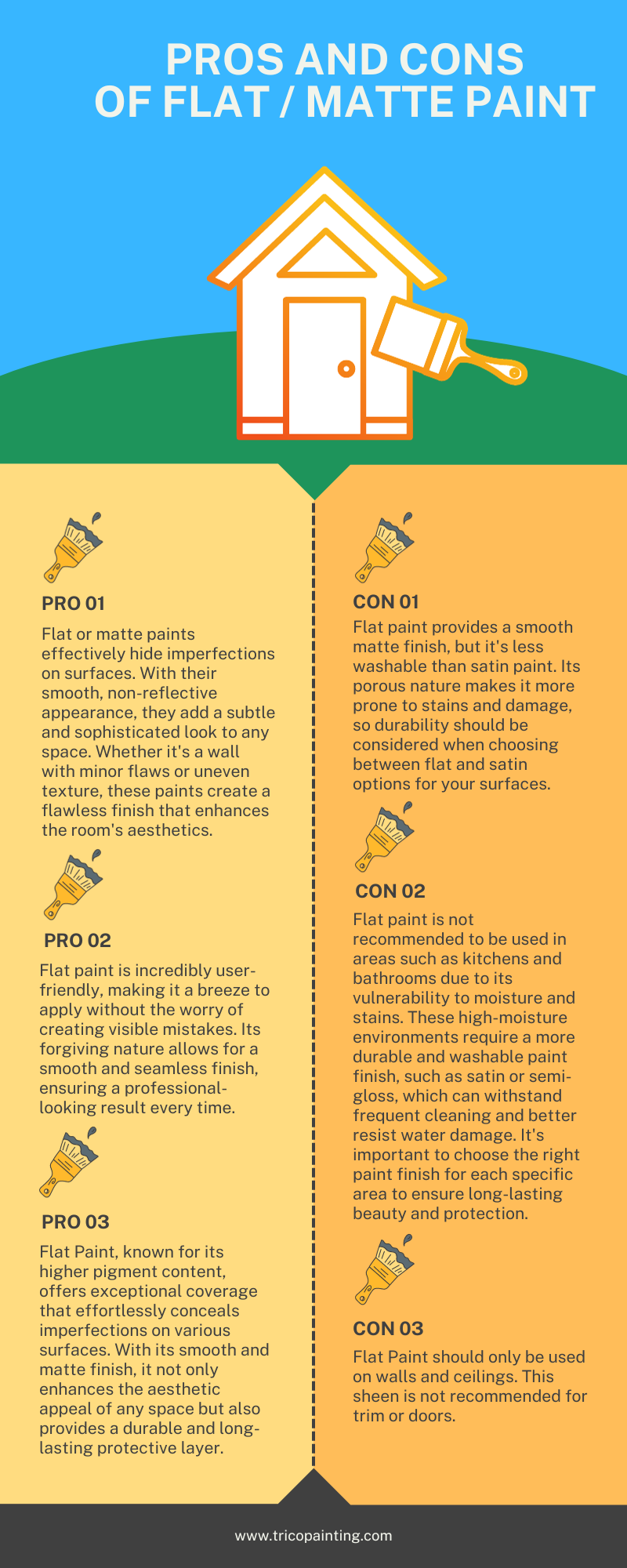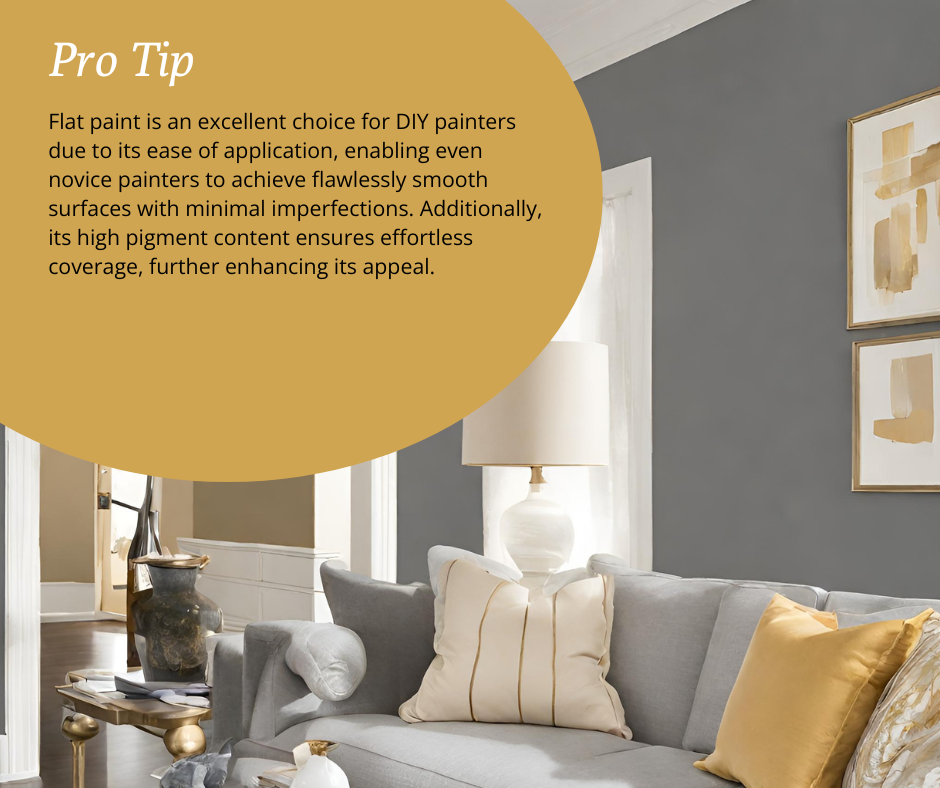Choosing the perfect paint for your home is not just about color; the finish or sheen also plays a crucial role in achieving the desired look and functionality. From flat matte to high gloss and everything in between, each sheen has its unique properties that can affect the appearance and durability of the paint job. However, deciphering the subtle differences between similar sheens, such as Satin and Eggshell or Matte and Flat, can be a daunting task. This blog post is tailored to demystify these concepts, providing you with a clear understanding of what differentiates one sheen from another. We will guide you through the nuances of these paint finishes, helping you select the perfect sheen that not only suits your aesthetic preferences but also meets the practical needs of your house painting project.
Distinguishing Satin from Matte Paint: Key Contrasts
Matte and satin paints occupy different positions on the sheen scale, with matte offering a non-reflective, smooth look and satin providing a soft, lustrous sheen. Matte paint, with its minimal light reflection, effectively hides wall imperfections but can be prone to damage and harder to clean, making it better suited for low-traffic areas. On the other hand, satin paint offers a subtle shine, imbuing walls with a warm and inviting appearance. Although slightly more reflective, satin is more durable, highly resistant to mildew and stains, and easier to clean, making it ideal for high-traffic areas or rooms exposed to moisture, like kitchens and bathrooms. While both paints are generally similar in price, the increased durability of satin paint may lead to cost savings in the long run given its longevity and less frequent need for touch-ups or repainting.
Satin Paint
Satin paint is a versatile and balanced sheen, offering a glossier finish than eggshell paint yet flatter than semi-gloss paint. It is an excellent choice for a variety of painting projects, providing a middle ground that caters to diverse needs. With its smooth and lustrous finish, it adds elegance and sophistication to any surface it graces. Satin paint is ideal for high-traffic areas like hallways, kids’ rooms, and living spaces as it is highly durable, easy to clean, and resistant to moisture. It also works well on exterior surfaces such as doors or trim. However, its reflective properties can potentially highlight wall imperfections or brush strokes, so proper preparation and application are essential.
Matte Paint
Matte paint, known for its flat sheen, is the most non-reflective option available across various brands. Interestingly, some brands even offer an even flatter alternative aptly named “flat.” This low-gloss finish is an excellent choice for both walls and ceilings, particularly for larger, expansive surfaces like interior walls and ceilings. Its minimal reflectivity works wonders in concealing imperfections, making it a go-to option for older home renovations or situations involving patched and repaired walls. Matte paint is often the preferred choice for ceilings, as they can be quite challenging to finish and have a tendency to reveal any imperfections. So, when seeking a paint option that effortlessly hides flaws while providing a smooth, non-reflective finish, matte paint is the way to go!
When you’re uncertain, opt for the lowest sheen when painting ceilings. If your paint manufacturer provides a sheen option lower than a matte finish, such as flat or specifically labeled as “ceiling paint,” choose that instead. Rest assured, it won’t let you down!
The List Goes On…
The choice between satin and matte paint is often the most challenging decision point for homeowners when selecting a sheen. However, there is still an array of other sheens to choose from, each possessing its unique qualities.
- ” value=”2″>Eggshell Paint: With its velvety soft and subtle glow, eggshell provides a more forgiving alternative to flat paint while still effectively concealing flaws. Its slight luster also makes it easier to clean than flat paint.
- ” value=”4″>Gloss or High gloss: These sheens provide the highest level of shine and are often used for trim work, doors, and furniture. However, they also highlight imperfections and require extensive surface preparation before application.
So, How Do You Choose the Right Sheen?
Now that you have a better understanding of the different sheens available, how do you know which one is right for your painting project? Here are a few factors to consider:
- ” value=”4″>Personal preference: Ultimately, choosing the perfect sheen for your painting project comes down to personal preference. Consider the overall look you want to achieve and choose a sheen that aligns with that vision.
Cost Of Satin and Eggshell Paints vs Matt and Flat Paints.
When it comes to cost, satin paint is generally more expensive than flat paint due to the differences in the raw materials used in their production. Satin paint requires a higher volume of high-quality resins and pigments to produce its distinctive soft shine and durability. These superior materials contribute to its superior performance and longevity. While the initial cost may be higher, it’s important to consider the long-term cost benefits of satin paint. Its robust, easy-to-clean finish and superior resistance to stains, smudges, and mildew can reduce the need for frequent touch-ups or repainting. Consequently, despite the increased upfront cost, opting for satin paint could lead to significant savings over time, making it a cost-effective investment for your painting project.
Conclusion
With this guide in hand, we hope you feel more confident navigating the world of paint sheens and making an informed decision for your next home painting project. Happy painting! So, whether you opt for a luxurious satin finish or a minimalistic matte look, be sure to keep these key differences in mind when selecting the perfect sheen for your project. With a little bit of understanding and consideration, you can make the best choice that not only suits your aesthetic preferences but also meets the practical needs of your house painting project. So go ahead, express your style and transform your living spaces with a fresh coat of paint! Happy painting!

